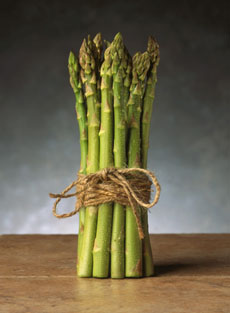TIP OF THE DAY: The New “Dirty Dozen”
|
The “dirty dozen” of produce refers to those fruits and vegetables that have the most pesticide residues. If you’re going to buy organic versus conventional produce, these are the foods to buy. Since agricultural practices change, The Environmental Working Group (EWG) creates an annual Shopper’s Guide to Pesticides to reduce your exposure to chemical pesticides. It ranks 48 popular fruits and vegetables by their pesticide loads. The rankings are based on lab tests done [mostly] by the USDA, which tests more than 34,000 samples of common food crops for pesticide residue. Rinsing and peeling conventional produce does not remove all of the chemical residue. Some plants absorb pesticides through the peel. Nor does washing and peeling change a food’s ranking, because the USDA lab tests produce as it is typically eaten: washed and, when applicable, peeled. But the EWG underscores that the health benefits of a diet rich in fruits and vegetables outweigh the risks from pesticide exposure. In other words, eating conventionally-grown produce is far better than not eating enough fruits and vegetables at all. Crops differ in their hardiness—whether they’re more or less susceptible to intense heat, cold, rainfall, drought, fungus or other disease, etc. |

An apple a day may keep the doctor away, but it also has the highest amount of pesticide residue. The solution: Buy organic! Photo courtesy US Apples. |
|
|
In the case of bugs, some crops are more readily attacked and destroyed by the hungry little critters. So chemical pesticides are used to kill the bugs, fungus, etc. before they kill the crop. Organic farmers use natural pesticides and fertilizers—no chemicals. The expense of growing crops this way leads to the higher cost of organic produce. Some shocking statistics: |
||



